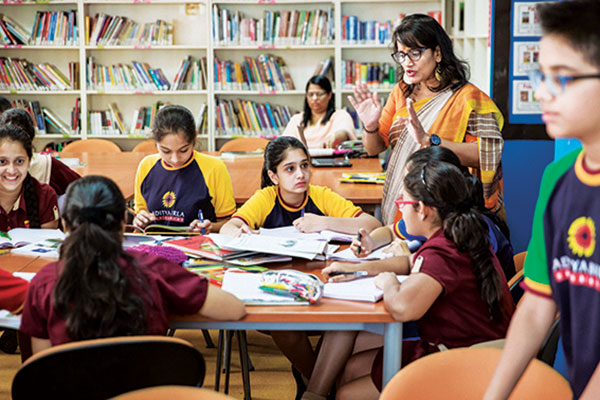The recent attacks on Indian students in Australia have evoked shock and dismay within all sections of the populace in India, and the academic community in particular. The emergence of this phenomenon calls for serious debate to analyse its causes and effects and evolve policies and strategies for creating safe and secure environments for Indian students driven to study abroad by a debilitating domestic higher education system.
One of the inevitable consequences of globalisation is internationalisation of higher education and heavy traffic of education seekers across national borders. Countries in Europe, USA and Oceania, which invested heavily in building excellent higher education infrastructure over the past centuries, are currently in a state of crisis because of the demographic transformation of their societies. The student population of their colleges and universities is dwindling, and they need to attract foreign students to sustain their languishing tertiary education systems. Therefore their determined drive to recruit students from developing countries, especially from India and China.
Globalisation has undoubtedly helped developing economies, particularly in the Asian region, to prosper. Countries in this region, especially India and China, are chalking up high annual rates of economic growth which has set in motion the economic mobility and social aspirations of their fast-expanding middle classes. This phenomenon is accent-uated by the demographic composition of these coun-tries with large percentages of their population in the 17-24 age group. Clearly, their demographic profiles and new-found economic prosperity has increased the flow of undergrad and postgraduate students to western countries.
Against this backdrop, an analysis of the violent assaults in Australia indicates that they are characterised by certain socio-demographic features. First, both the perpetrators and victims are youth in their prime of life. It is also pertinent to note that perpetrators and victims of violence have stakes in higher education and employment. While victims could be seen as ‘winners in the global economy, trying to accumulate intellectual capital and skills to become competitive, perpetrators of violence are usually ‘losers who for inadequacy of intellectual capital, are suffering marginalisation and social exclusion.
Secondly, the sheer magnitude of immigrant students is intimidating for local youth. For instance Australia, where the population is very thinly spread, is suddenly witnessing traditionally empty geographic spaces being filled with immigrants.
Post-globalisation, India has very quickly created a new rich and wealthy class which can afford higher education in foreign institutions. While univer-sities in the US and UK hiked their fees substantially in the post-globalisation era, thereby restricting a flood of overseas students into their institutions of higher education, the countries of Oceania, particularly Australia and New Zealand, kept their tuition fees affordable.
Domestic and international migration is an important fallout of globalisation, particularly for youth in a hurry to move higher up the socio-economic ladder. However, when educated youth migrate to foreign lands, besides their social lives, their personal safety and security are at risk. Moving into free societies and deprived of family support, lonely migrants are exposed to constant threats and dangers, particularly when economic disparities in the neighbour-hood become visible.
In the discourse on globalisation and higher education, several scholars have investigated internationalisation of higher education and its various dimensions and implications. Unfortunately there is very little discussion on the phenomenon of social backlash. Well before the turn of the new century, the Delors Report of the International Commission on Education for the 21st Century (Unesco, 1996) highlighted the need for universal citizenship education to facilitate transnational interaction in diverse cultural contexts. The report devoted one chapter to ‘Learning to Live Together wherein it identified major issues, of which citizenship education, education for social cohesion, and combating exclusion and violence were given prime importance.
While the immediate concern is to provide protection to students and young immigrants in countries round the world, in the long run it is necessary to educate children from their most formative years to develop and cultivate universal values of tolerance, restraint, austerity and self-discipline for living harmoniously in the newly-emergent global world, which is becoming increasingly diverse and complex. School curriculums around the world need to integrate components of global citizenship and universal values of brotherhood and tolerance towards other social, ethnic and religious groups while simultaneously promoting the principles of simplicity, austerity, non-exhibitionism and parsimony. Such broad curriculums will prove beneficial in the long run to youth, who will increasingly migrate across national borders in search of education and/or employment.
(Dr. M.D. Usha Devi is professor & head of the Centre for Human Resource Development, ISEC, Bangalore)
